-
Core concepts simplified for quick understanding
-
Clinical competency checklists to track your progress
-
Practical patient care strategies for real-world application
-
Comprehensive exam prep with practice questions and tips
-
Fully aligned with the 2025 Nursing 205 curriculum
-
Perfect for nursing students aiming to excel
Preview
A student nurse asks an experienced nurse why it is necessary to change the patient’s bed every
day. The nurse answers: “I guess we have just always done it that way.” This answer is an
example of what type of knowledge?
A. Instinctive knowledge
B. Scientific knowledge
C. Authoritative knowledge
D. Traditional knowledge – -CORRECT ANS- -d.
(Traditional knowledge is the part of nursing practice passed down from generation to
generation, often without research data to support it. Scientific knowledge is that knowledge
obtained through the scientific method (implying thorough research). Authoritative knowledge
comes from an expert and is accepted as truth based on the person’s perceived expertise.
Instinct is not a source of knowledge.)
A nurse is using the Johns Hopkins Nursing Evidence-Based Practice (JHNEBP) model PET as a
clinical decision-making tool when delivering care to patients. Which steps reflect the intended
use of this tool? Select all that apply.
A. A nurse recruits an interprofessional team to develop and refine an EBP question.
B. A nurse draws from personal experiences of being a patient to establish a therapeutic
relationship with a patient.
C. A nurse searches the Internet to find the latest treatments for type 2 diabetes.
D. A nurse uses spiritual training to draw strength when counseling a patient who is in hospice
for an inoperable brain tumor.
E. A nurse questions the protocol for assessing postoperative patients in the ICU.
F. A nursing student studies anatomy and physiology of the body systems to understand the
disease states of assigned patients. – -CORRECT ANS- -a, c, e.
(The JHNEBP model is a powerful problem-solving approach to clinical decision making, and is
accompanied by user-friendly tools to guide individual or group use. It is designed specifically to
meet the needs of the practicing nurse and uses a three-step process called PET: practice
question, evidence, and translation. The goal of the model is to ensure that the latest research
f
indings and best practices are quickly and appropriately incorporated into patient care. Steps in
PET include, but are not limited to, recruiting an interprofessional team, developing and refining
the EBP question, and conducting internal and external searches for evidence.)
A nurse is using general systems theory to describe the role of nursing to provide health
promotion and patient teaching. Which statements reflect key points of this theory? Select all
that apply.
A. A system is a set of individual elements that rarely interact with each other.
B. The whole system is always greater than the sum of its parts.
C. Boundaries separate systems from each other and their environments.
D. A change in one subsystem will not affect other subsystems.
E. To survive, open systems maintain balance through feedback.
F. A closed system allows input from or output to the environment. – -CORRECT ANS- -b, c, e.
(According to general systems theory, a system is a set of interacting elements contributing to
the overall goal of the system. The whole system is always greater than its parts. Boundaries
separate systems from each other and their environments. Systems are hierarchical in nature
and are composed of interrelated subsystems that work together in such a way that a change in
one element could affect other subsystems, as well as the whole. To survive, open systems
maintain balance through feedback. An open system allows energy, matter, and information to
move freely between systems and boundaries, whereas a closed system does not allow input
from or output to the environment.)

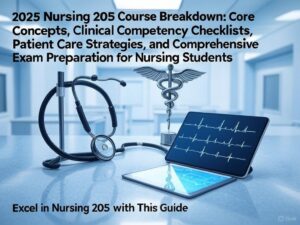


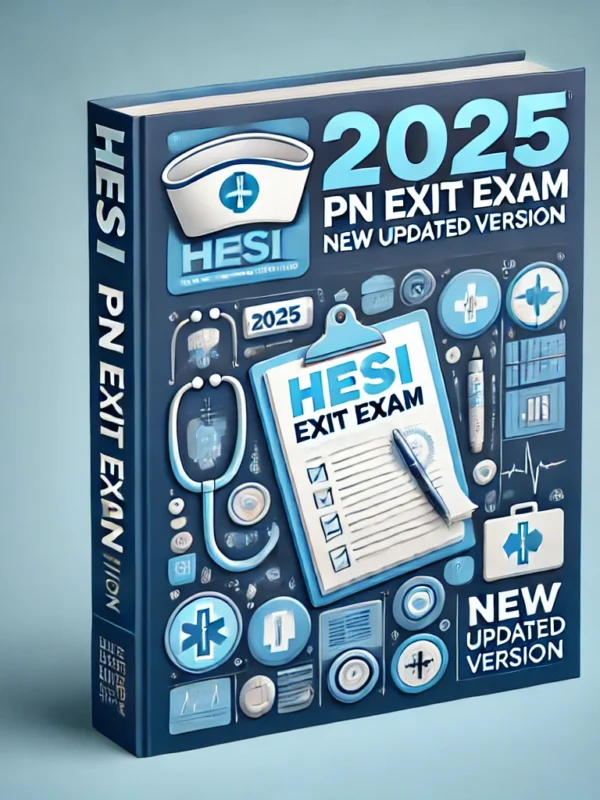
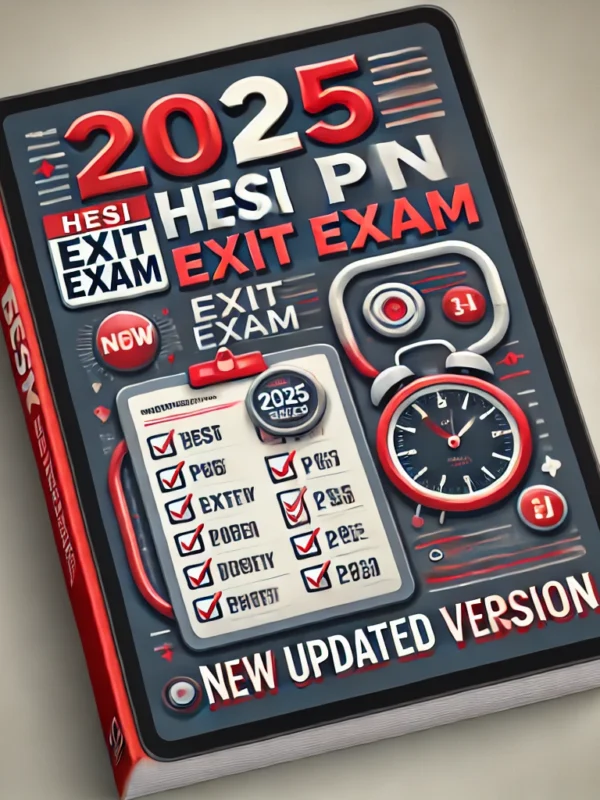
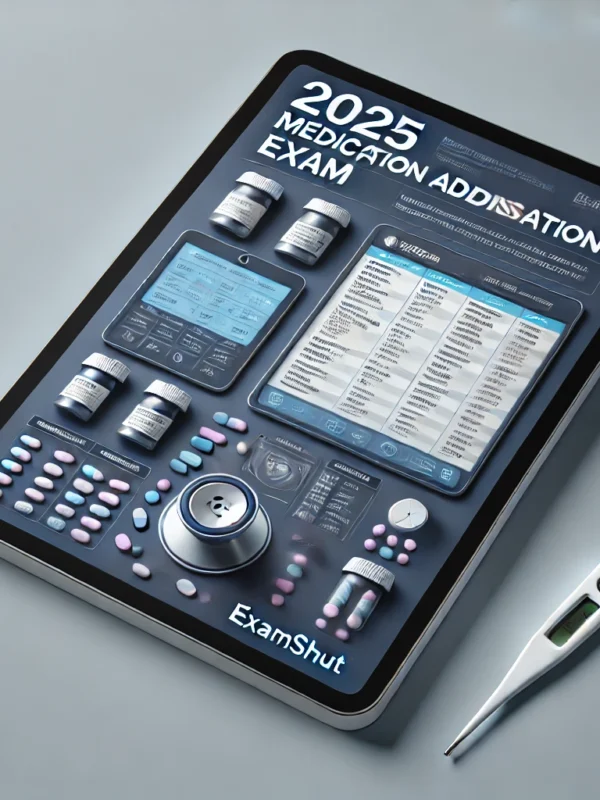
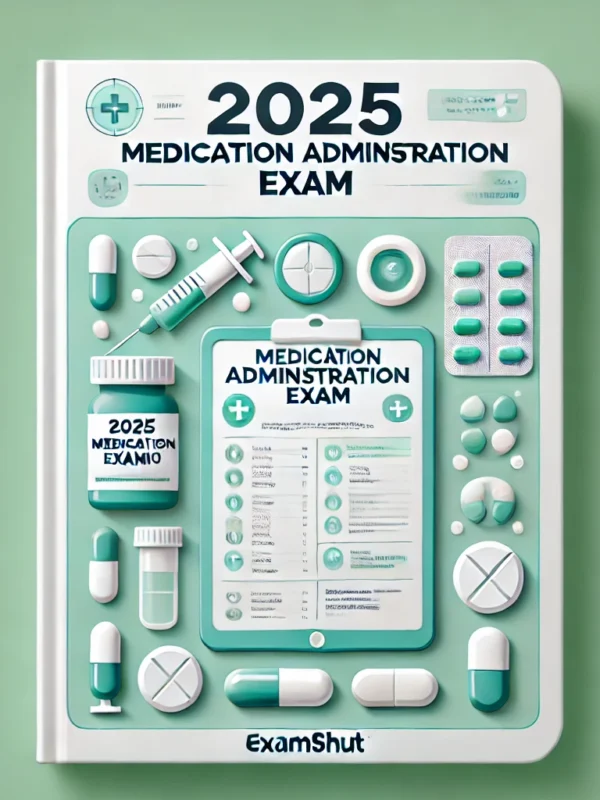
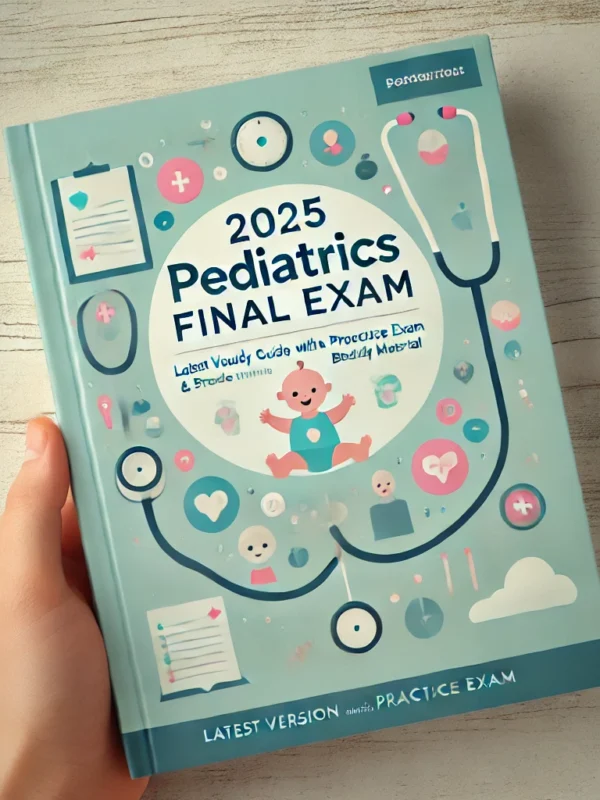

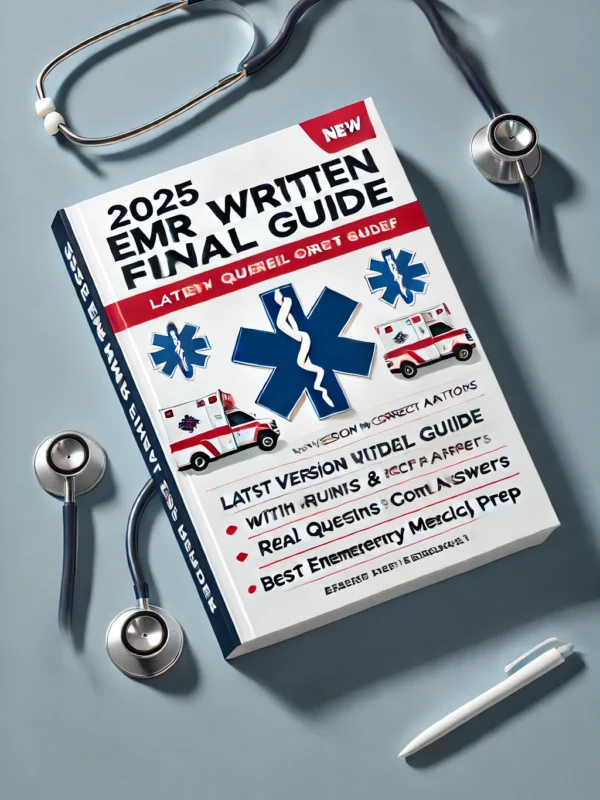
Reviews
There are no reviews yet.